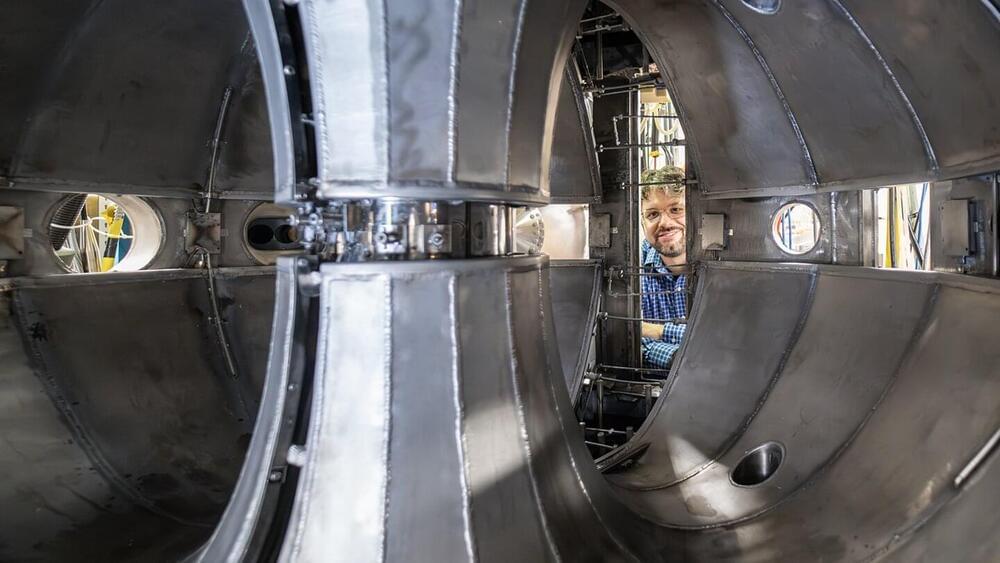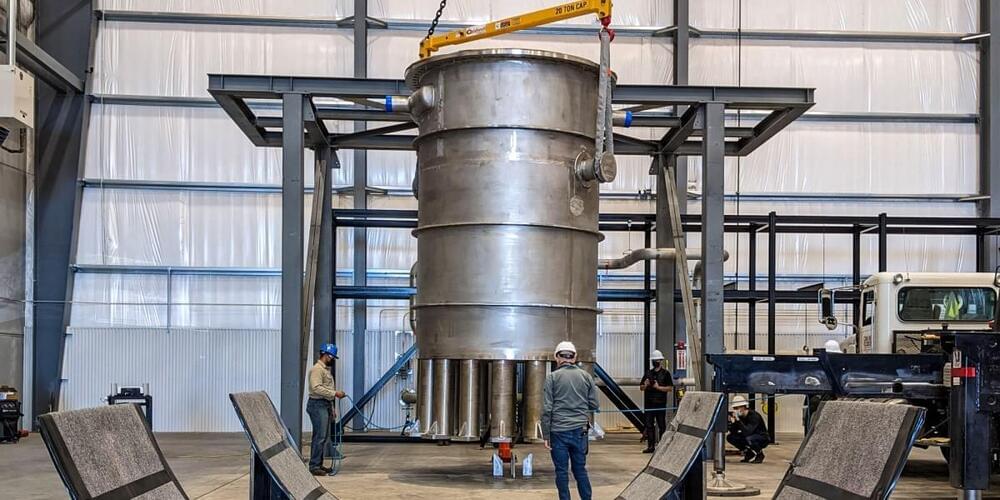Nakamura, who was awarded the Nobel Prize for his pioneering work on the development of blue light-emitting diodes (LEDs), believes that his company can harness their semiconductor expertise to create a secure pathway for achieving nuclear fusion and transforming it into a commercially viable venture.
The precise details of the approach remain undisclosed as Blue Laser Fusion currently has a pending patent.
However, Nakamura is confident in the feasibility of constructing rapid-fire lasers and envisions the establishment of a one-gigawatt generating reactor in either Japan or the US by the end of the decade. Prior to that milestone, the company intends to construct a small-scale experimental plant in Japan before the conclusion of the next year, as reported by Nikkei.








